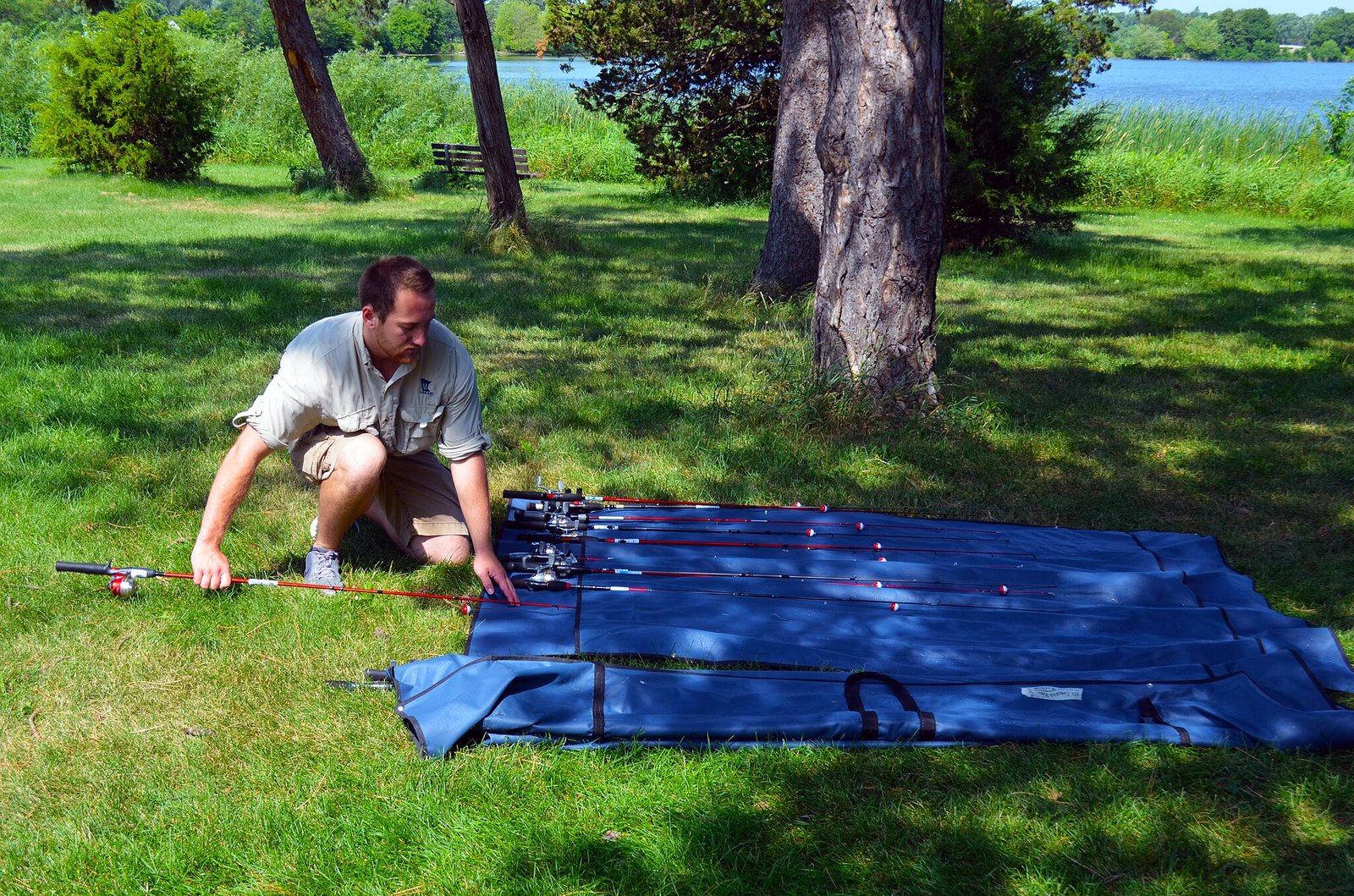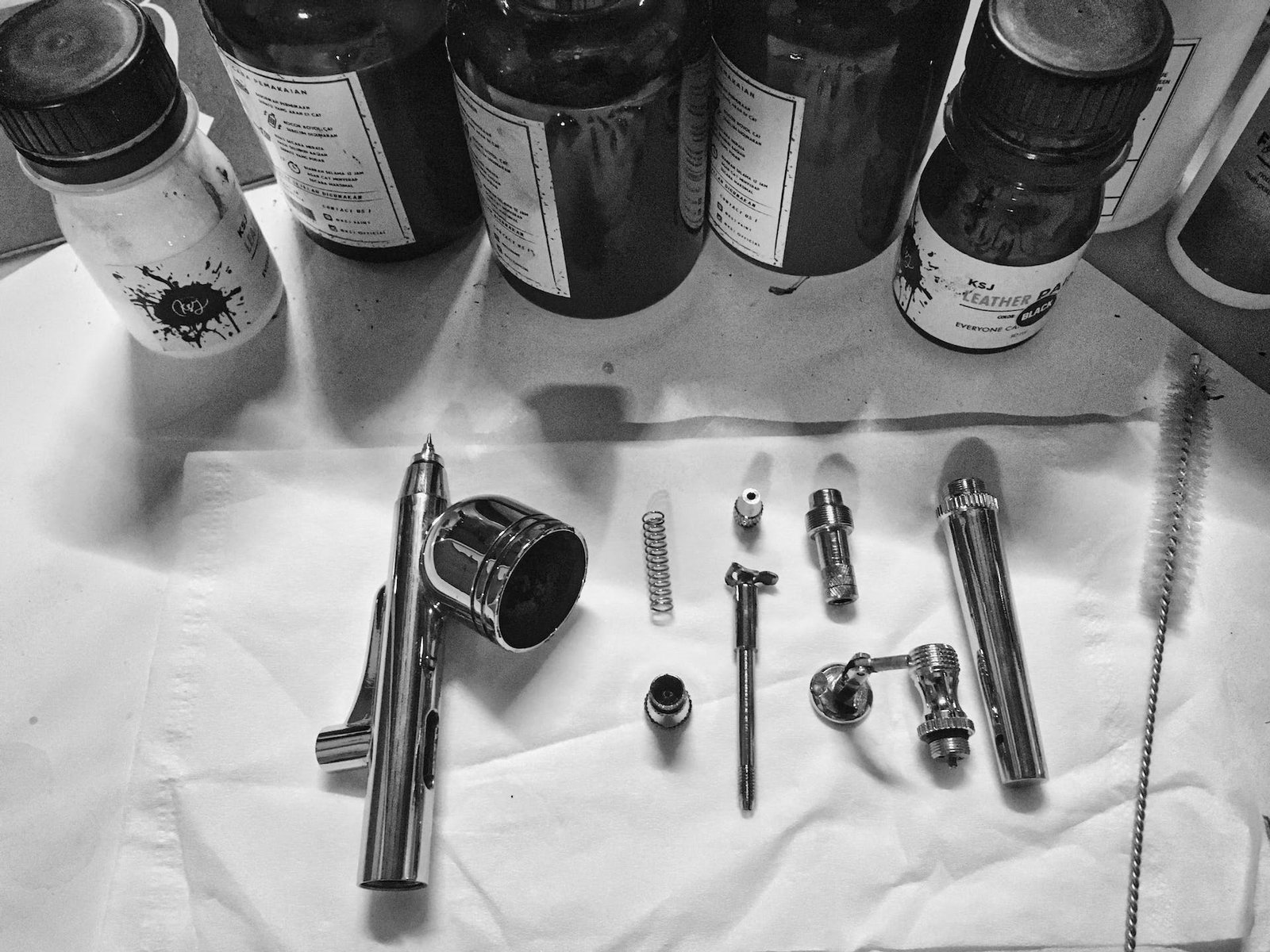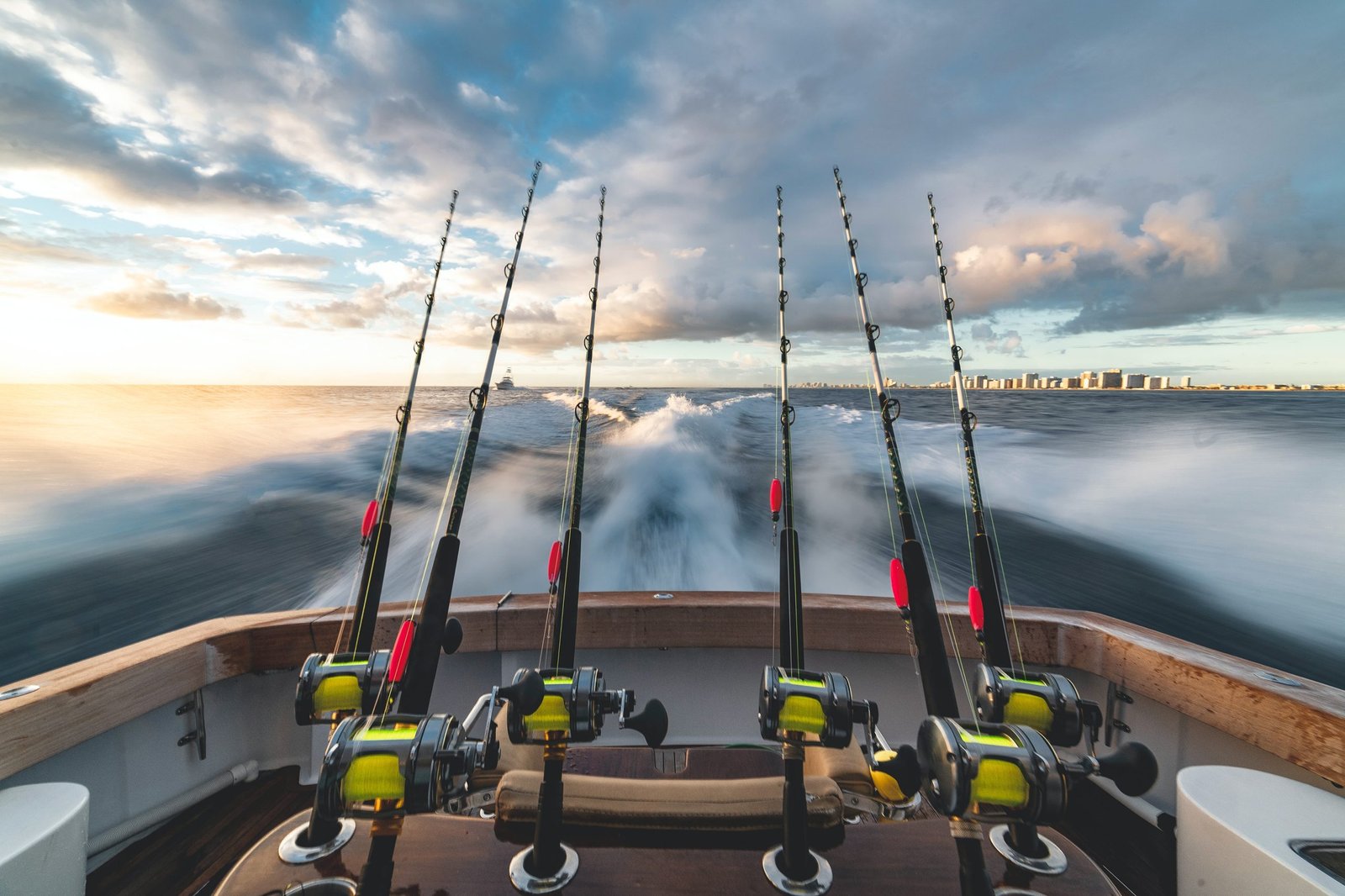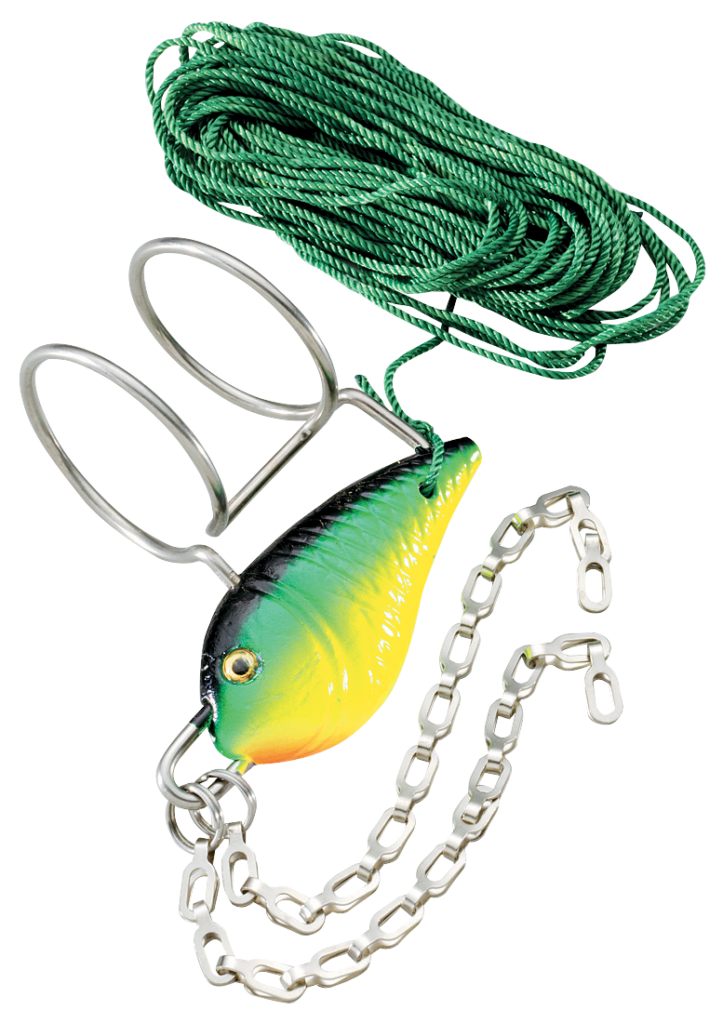
We all like our expensive lures and custom designs, but snags are their worst enemy.
Whether you’re dealing with rocks, wood, or heavy vegetation, getting a lure stuck is a common hassle you face on the water. So using a high-quality lure retriever helps you save your favorite lures from getting lost.
You might have tried different kinds of lure retrievers or even DIY solutions, but finding the perfect tool makes a noticeable difference. There are many tools available, from simple homemade plug knockers to high-tech retrievers with cords that reach deep under the water. Each has its strengths, and the right choice often depends on where you fish and what you’re willing to spend.
There have been a lot of new models and brands releasing their own lure retriever lately, so let’s map out 5 of the best.
Understanding Lure Retrievers
Lure retrievers are essential fishing tools for retrieving snagged lures without disturbing the fishing environment. They help you save time, money, and effort by minimizing lost gear and maintaining your success in lure retrieval.
What Is a Lure Retriever?
A lure retriever is a tool used to free fishing lures that get stuck underwater. When your lure gets caught on rocks, branches, or other underwater obstacles, a lure retriever can help. These handy tools come in different forms, such as telescopic rods or weighted attachments.
Having one can save you a lot of hassle while fishing. Allows you to focus more on the catch with no remorse from losing lures.
How Lure Retrievers Work
Lure retrievers work by reaching or knocking the stuck lure free. A telescopic retriever lets you extend a rod down to push or pull the lure from its snag.
Another type of lure retriever uses a heavy weight that slides down your fishing line to knock the lure free. You attach it above the stuck lure, and gravity helps it slide down. Once it makes contact, the weight helps dislodge the snag. Different types work best in various situations, so choosing the right one depends on your specific fishing needs.
Top 5 Best Lure Retrievers Reviewed
Top Pole-Style Lure Retriever
Pole-style lure retrievers are perfect for reaching deep snags without the need to enter the water. These tools typically extend to great lengths, offering versatility in various fishing spots. With a telescoping feature, they compact easily for transport and storage. The Frabill 9865 shines in this category, extending up to 15 feet while remaining stable in use. Its dependable reach and solid construction make it a favorite among fishers.
Top Line-Through Lure Retriever: Daiwa Lure Catcher
The Daiwa Lure Catcher features a robust 45-foot cord and a set of chains that flail around the snagged lure, this retriever ensures a high success rate in dislodging and retrieving your gear. Its compact design makes it easy to store and transport, which is a big plus for both shore and boat fishing. It’s effective in rocky areas and rough waters, where precise boat positioning is challenging. However, the hooks for the fishing line may be too small, making it difficult to use with certain setups. Despite this minor drawback, the Daiwa Lure Catcher remains a valuable addition to any angler’s toolkit, offering a reliable solution for recovering snagged lures.
Check price on Amazon.
Top Value Lure Retriever: Bass Pro Shops E-Z Lure Retriever
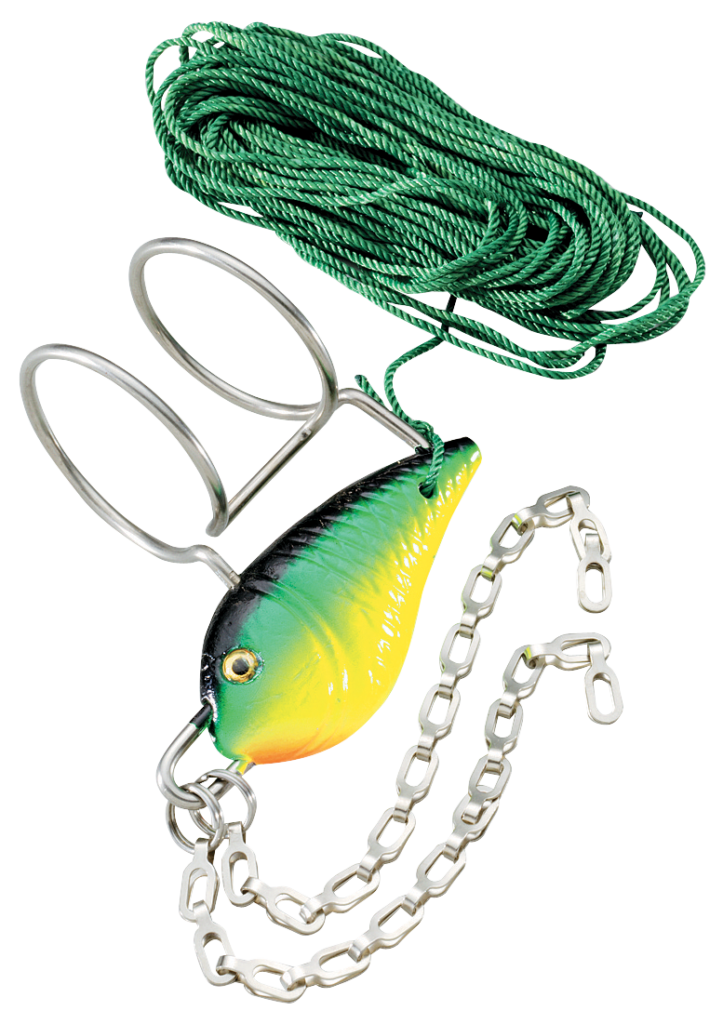
The Bass Pro Shops E-Z Lure Retriever is a must-have for any angler dealing with frequent snags. Its robust design ensures it can rescue all types of lures, including live bait rigs, by easily navigating past sinkers and hardware. The retriever is simple to use: just attach it to your line and let it slide down to the snagged lure, where its unique design helps free the lure efficiently. You’ll appreciate its durability and effectiveness, as it has a high success rate in recovering lures. Some have noted though that the retriever can be a bit cumbersome to carry due to its size, but its performance more than makes up for this minor inconvenience.
Check price on BassPro.
Leland’s Lures Loc N Knoc Lure Retriever
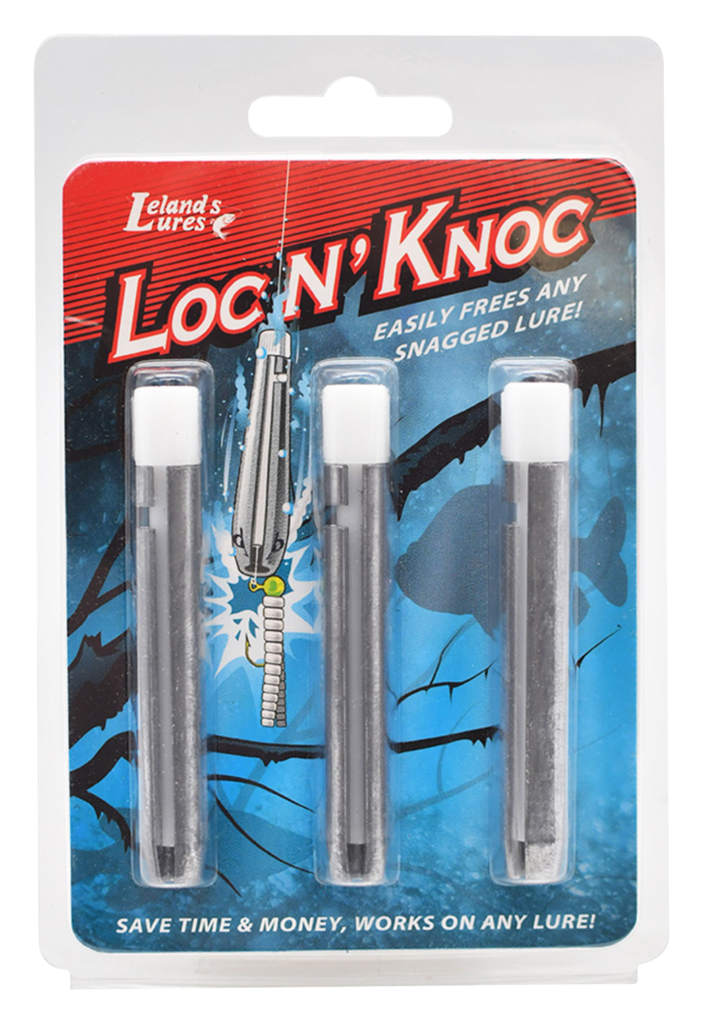
First knocker on the list, this device is designed to attach securely to your fishing line and slide down to the snagged lure, where its unique shape and weight help dislodge it effectively. It’s good in retrieving various types of lures and its compact and lightweight design ensures it is easy to carry and deploy, even in challenging fishing conditions. Keep in mind though that super light lines (2 lb) will most probably be broken before the lure is freed.
Check price on Amazon or BassPro.
Strikezone Pocket Knocker
This knocker is another lifesaver. Just clip it onto your line and let it slide down to the stuck lure. A few shakes and tugs, and usually, the lure pops free. What I love most is its simplicity and reliability—no need for bulky, complicated gear. It fits easily in my pocket or tackle box, making it super convenient to carry around. If you have plenty of space in your backpack or boat, this may not matter. Plus, it’s durable enough to handle multiple uses without any issues. If you’re looking to save your expensive lures and avoid the frustration of getting snagged, the Pocket Knocker is a must-have addition to your fishing arsenal.
Check price on Amazon.
Lew’s David Fritts Get’r Back Lure Retriever
This lure retriever has an unique triangle shape and bright yellow color that make it easy to use and spot, even in murky waters. The retriever is designed to dislodge most crankbaits and other lures with ease, thanks to its effective design. It has a sturdy build and the inclusion of a 28-foot cord, which provides ample reach for deep water retrievals. However, some have noted that the ring used to guide the retriever down the line can occasionally break, which is a drawback. Regardless, it’s a highly effective and practical tool for any serious fisherman.
Check price on Amazon.
Selecting the Right Lure Retriever
Choosing the best lure retriever can greatly improve your fishing experience by helping you recover snagged lures. It’s essential to consider compatibility with your fishing gear, ease of use, durability, and cost.
Compatibility with Your Fishing Tackle
When picking a lure retriever, think about its compatibility with your current fishing tackle. If you often use a crankbait, ensure the retriever can handle it effectively.
Look for models with adjustable components to fit different lure sizes and shapes. Fishing line strength is also crucial, as it must withstand the retriever’s pull while freeing the lure. Reviews from other anglers can provide insights about specific retrievers and their compatibility with various tackle setups.
Ease of Use and Effectiveness
A lure retriever should be simple to operate, so you can focus more on fishing and less on dealing with tangles. Consider how quickly and easily you can deploy it when your lure gets stuck.
Tools with a user-friendly design will save you time. Effectiveness matters too—read reviews to see if the retriever reliably releases lures without damaging them. Features like looped chains or built-in weights can make retrieval smoother and more successful.
Durability and Quality
Durability is a must when selecting any fishing tool, and lure retrievers are no exception. Check for high-quality materials like stainless steel or reinforced plastic, which can withstand repeated use in harsh conditions.
Quality craftsmanship and design are important, so the retriever doesn’t fail you when you need it most. A durable retriever will last for many fishing trips, providing peace of mind and ensuring you won’t frequently buy replacements.
Cost Considerations
Balancing cost with performance is key when choosing a lure retriever. While it’s tempting to go for the cheapest option, investing in a reliable retriever might save you money in the long run by reducing lost lures.
Evaluate if the features justify the price. Reading fishing tackle forums and articles can help you find reasonably priced, well-reviewed retrievers that match your budget and needs. Be sure to consider both initial cost and long-term value when making your choice.
Use Your Lure Retriever Effectively
To get the most out of your lure retriever, you need to understand how to handle different underwater structures, keep your retriever in good shape, and address any issues that may arise. These tips ensure your fishing gear stays in top condition during your trips.
Techniques for Various Underwater Structures
When fishing near submerged trees, let your lure retriever sink right above the snagged lure. Use a gentle tugging motion to free it. Here, patience is key, so take your time.
For rocky bottoms, it’s better to use a retriever with a longer line. Lower it slowly onto the stuck lure. Then, sharply pull upward to dislodge the lure from crevices.
Around grassy areas, aim to drag the retriever gently over the lure without pulling too hard, this avoids tearing the vegetation. Always experiment a bit to find what works best in each situation.
Maintenance and Care for Lure Retrievers
After each fishing trip, rinse your lure retriever with fresh water to remove salt and debris. Cleaning helps prevent wear and ensures longer use.
Regularly inspect your retriever. Check connections like ropes and mechanical parts for any signs of damage or rust. Repair or replace any worn-out pieces to maintain efficiency.
Store your retriever in a cool, dry place. It’s preferable to hang it up to avoid tangling ropes or lines. With proper care, your lure retriever will be ready for action whenever you need it.
Troubleshooting Common Issues
If your lure retriever doesn’t free the lure after several tries, reevaluate the approach. Sometimes, changing the angle or pull direction can make all the difference.
When the retriever’s rope gets tangled, carefully untangle it by laying it out flat. Slowly work through the knots. You can often avoid tangling by coiling the rope neatly after each use.
In case the retriever becomes stuck, gently wiggle it back and forth before pulling. Ensure not to force it, as this could cause damage. Taking these steps will help you handle most problems effectively.
Final Thoughts
When you’re planning a fishing trip, having a reliable lure retriever can make a big difference. These tools help you rescue your favorite lures from snags without much hassle.
Consider cost when choosing a retriever. Options like a DIY sinker tool are inexpensive. More advanced retrievers might cost more but offer added features.
Another factor is portability. You want equipment that fits easily into your fishing gear bag. Some retrievers are small and lightweight, making them easy to carry.
Ease of use matters, too. A good retriever should work quickly without needing complex steps. Your focus should be on enjoying the fishing experience, not fiddling with tools.
Ultimately, having the right lure retriever helps you save time and money while keeping your fishing trips enjoyable.
Frequently Asked Questions
Choosing the right lure retriever can make your fishing trips more efficient. Explore features to look for, effective usage tips, and recommendations for durability and value.
What features should I look for when choosing a lure retriever?
When picking a lure retriever, consider its durability and ease of use. Look for materials like stainless steel for strength and resistance to rust. A unique design can prevent line breakage and increase efficiency.
How do I use a telescopic lure retriever effectively?
To use a telescopic lure retriever, extend it fully and carefully navigate it down your fishing line. Gently maneuver it to dislodge the snagged lure. Practice makes perfect, so don’t rush the process.
Can you recommend a durable lure retriever suitable for bass fishing?
For bass fishing, a reliable option is the Frabill Lure Retriever. Known for its durability, this tool can withstand rough conditions and help retrieve your lure effortlessly. It’s a popular choice among anglers.
Are there any cost-effective lure retrievers that provide good value for money?
A simple and cost-effective method is to use a 2 oz sinker with a snap. This can save money while effectively freeing your lures. It requires a bit of practice but is a handy option for budget-conscious anglers.
What are the advantages of using a DIY lure retriever compared to store-bought options?
DIY lure retrievers are often cheaper and customizable. You can adjust the design based on personal preferences. Crafting your own can be a fun project if you enjoy hands-on activities.
In terms of versatility, which type of lure retriever would you suggest?
For versatility, consider a telescopic lure retriever. It’s extendable, making it suitable for various fishing environments. Whether you’re on a boat or at the shore, its adaptability can save many lures.


